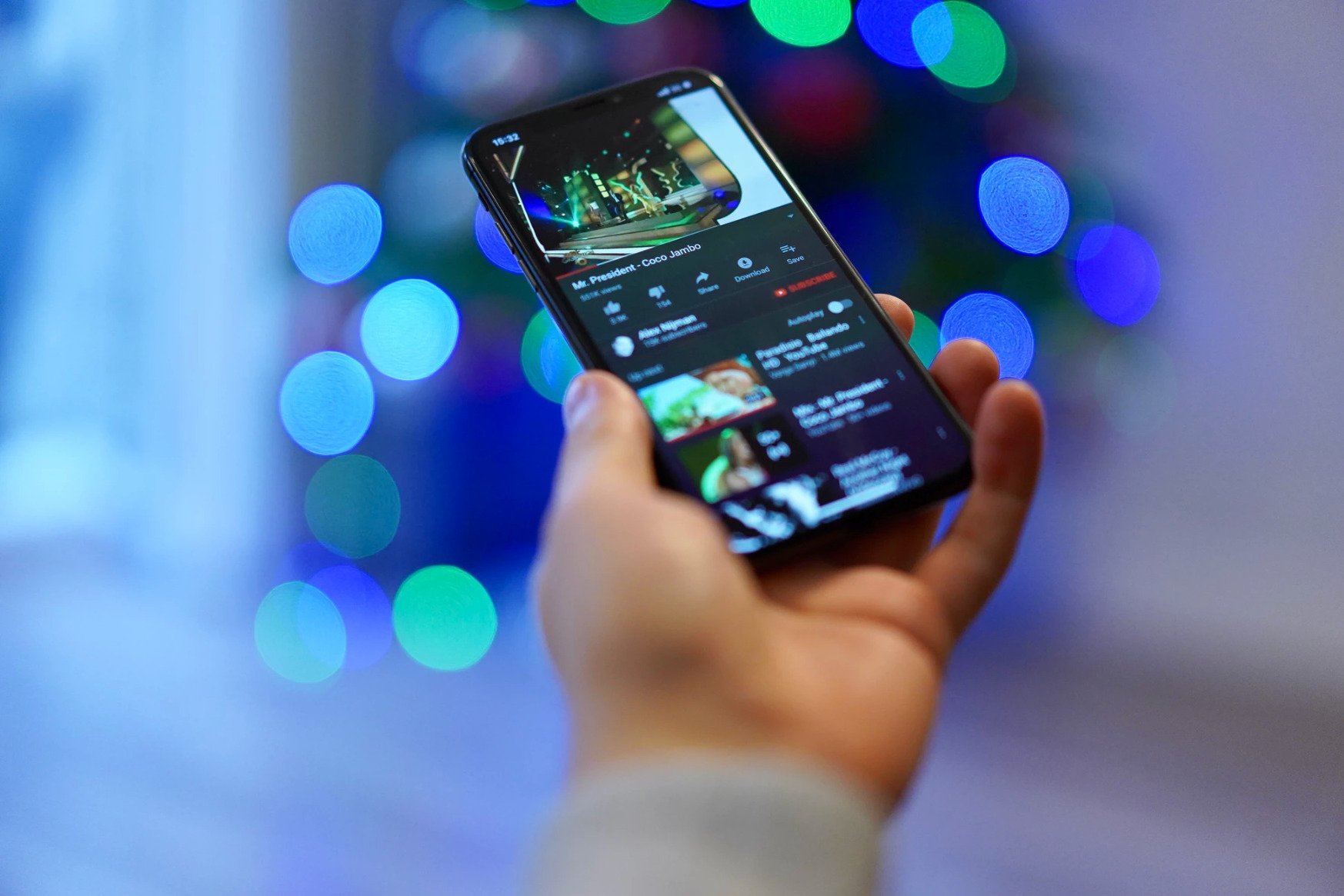At the beginning of this century, we only did two things with our mobile phone: calling and texting. And maybe calculate something with the built-in calculator. Nowadays, the mobile device looks more like a Swiss army knife: it can be used almost anywhere and for anything. The mobile device gives access to a large number of channels, varying from e-mail and push messages to websites and apps. And of course, you can still call. With all these opportunities at your fingertips, how do you elevate your mobile marketing strategy to a higher level?
Consumers nowadays use many channels simultaneously during their own, self-directed customer journeys. They decide for themselves how and when they seek interaction with a brand and which brands are allowed to disturb them with notifications.
The way consumers organize and use their mobile devices is now part of their personality. They share their visited locations with apps and store their favorite fast food orders, shopping lists and wish lists.
If you follow the current trends, you will notice that the industry is increasingly focusing on mobile marketing. For example, in 2017 there were more mobile ads for the first time in history than desktop ads. But let’s not just look at the money. The most crucial question is: how do you get the highest return from your mobile spending? Assuming we leave nothing to a mere “chance”, I will give you some tips on how to take your mobile marketing strategy to a higher level.
1. Perfect your data architecture for a clear overall picture
Focus your mobile reach by placing data from profiles in custom data platforms. Based on data sets such as purchase history, personal preferences, and current location, marketers can offer real-time experiences with individual personalization. For an optimal effect, use a platform with which you design and implement segmented campaigns in which the individual customer is central.
2. Use AI for relevant contact moments
Each consumer has a preference for a specific time and device for receiving relevant marketing messages. By taking this into account, the engagement increases. To determine the right time, it is important to collect individual preferred customer data for a more extended period of time. By combining these with real-time behavior on the favorite devices and moments of opening, the conversions improve.
3. Deal sensibly with location data
Location-based mobile ads are a fast-growing segment in the marketing mix and generate billions of euros worldwide. This data can be used by marketers to send personalized location-based messages. But remember: use location data wisely and be careful when implementing it. For example, 42 percent of American smartphone users indicate that they use an app more often if it is personalized based on location data, but at the same time 25 percent would use an app less for the same reason.
4. Respect personal limits
Personalization is now completely in, but remember that mobile is the most intimate and direct channel to connect with consumers. Many people prefer to remain anonymous or only want to be contacted via certain apps, which is why 15% of users say that they use apps that are anonymous and requires no personal data. 58% does not care all that much.
That seems contradictory to this one-on-one personalization, but the desire to share locations is closely related to the purpose of the app. In weather or carpool apps, virtually everyone places the location recognition, but only 30 to 40 percent do this in games.
When asked why a ‘personalized’ marketing message irritated them, 32% of internet users said it felt like a privacy violation.
5. Only send text and push messages on special occasions
99% of text messages are read within 90 seconds of being sent. Use them within marketing especially for special occasions and also provide a simple opt-out option. Push messages are just as sensitive. Approximately 79% of users accept them for carpool apps, 60% for food and beverage delivery, but only 30% for social media. 78% prefer to delete an app even immediately after an annoying push message. Therefore, handle this carefully.
5. Opt-in for in-app messages instead
Because most consumers only accept push messages from a few apps, more and more marketers are discovering the possibilities of in-app messages. In this way, marketers also reach users who have not registered for notifications. These messages are forwarded to the inbox or appear as pop-ups in the apps, complete with action buttons, surveys, product assessments and/or login options. This is a proven way to increase engagement.
Mobile marketing: a difficult to predict future
Mobile as a marketing channel continues to evolve, and we are only at the beginning. Nowadays smartphones give the most direct access to preferences, wishes, behavior, and locations of people. At the same time, the future of mobile marketing is difficult to predict. Are we in the future perhaps addicted to smart glasses and augmented reality headsets that change the mobile experience again? Who knows.
Regardless of the technology platform, brands that develop powerful data sets with customer data based on real-time information are the future. And brands that enjoy the trust of consumers and get permission to follow them during their self-directed mobile customer journeys – no matter where the journey goes.
Data analytics expert. As an analyst and project manager, I have proven to be a strong leader and team player in maintaining a suitable workspace for workers and industries in the oil and gas sector.
By taking into account various factors, with the assistance of state of the art technologies and the utilization of Big Data Analytics.
This includes considering various aspects like volume, velocity, variety, veracity, value together with complexity.
With the recent advent of data recording sensors in exploration, drilling, and production operations, oil and gas industry has become a massive data intensive industry.






